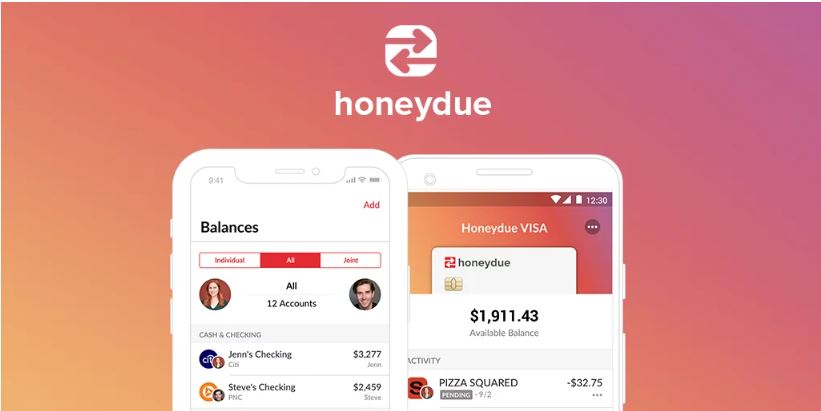Market researchers have predicted the rise in virtual data room market value within the next three years.
The virtual data room market valued at US$521 million in 2017, and the projection of the growth value, at 17.68% CAGR, will make this technology a lucrative asset of up to US$1.38 billion three years from now. This growth is forecasted by the increased competition in industries and affordable ICT solutions to make this technology inclusive to small businesses.
Virtual data rooms are the business processing network centres of the future. Knowing the increased demand for these virtual exchange channels can help you leverage your business and keep up with the market competition.
This article will focus on the growth factors of the virtual data room market – from how it has been projected to such market value to why every business owner must start thinking about investing in virtual data rooms to leverage their business operations.
Economic and Industrial Factors Involved in Virtual Data Room (VDR) Market Growth
There are tons of factors that affect the compound annual growth rate (CAGR) in the virtual data room market. The primary factor that increased market growth in VDRs is that many have shifted to online platforms’ business processing. The integration of online processes among businesses made the VDR market soar in demand.
Another factor that is seen as a crucial factor in VDR market growth is the accessibility of technology to broader business types. Many industries that aren’t even technologically sustained have integrated data rooms in their businesses to process transactions and networks, both internally and externally.
Small businesses have also benefited from VDRs through its affordability and custom tailoring of VDR infrastructures that support small business processes without spending too much on installation, integration, and maintenance.
With the rising digitalisation of businesses worldwide, the growth rate in sales and marketing in the VDR service industry has grown exponentially. The movement of industry inclusiveness also gave VDR providers a chance to generate income with small and medium enterprises (SMEs) in building their business on online platforms.
It has made business processing possible without necessarily involving in e-commerce or online marketing. Nonetheless, VDRs are designed to boost businesses in their income generation and revenue growth strategies.
What is a Virtual Data Room?
A virtual data room (VDR) is a centralised data and information exchange channel and storage that can collect, store, and exchange sensitive corporate information with stakeholders, agencies, and collaborators.
It encourages information transparency while maintaining information security from the non-participants of the business exchange. This technology can be installed or integrated within the physical business location or through cloud storage systems.
Knowing and understanding this market share in virtual data rooms will help any business understand how they can utilize it to satisfy their need for secure information exchange and storage.
Nonetheless, the market is growing so fast alongside technology’s evolution in meeting business needs and characteristics.
In the UK, not all virtual data room providers have the same systems. Since they all claim to have the best in the market, some have different data specializations tailored to meet business demands. For instance, there are data room providers who focus on the conduct of online due diligence. Some providers are experts in data room services for M&A transactions.
Some of the most well-known VDR providers in the UK include iDeals, Box, Ansarada, SS&C Intralinks, HighQ, and Merrill DataSite. These providers evolved uniquely depending on which businesses partake in their data room provisions and their current standing in the VDR market.
How Do Virtual Data Rooms Work?
The digitisation of critical business and corporate files and documents has changed how industries worldwide do transactions, mergers, and alliances.
However, with fears of privacy breaches over these documents, many companies have sought systems to better exchange information with inside and third-party business figures while securely exchanging these and protecting its integrity.
It is incredibly easy to set up virtual data channels for any business. It all starts with choosing a provider that specializes in your virtual data exchange and storage needs. Also, it depends on what data infrastructure you prefer to work within virtual data.
The most common infrastructure today is cloud storage. Although physical VDRs still exist in some companies, many have switched to the cloud because of its massive data storage efficiency without occupying so much space. It also keeps them from spending too much on VDR hardware installation and maintenance.
Right after launching a business VDR, an administrator can start creating users and groups. Every user or group has special access clearances to retrieve company information without peeking on non-relevant yet sensitive data.
It creates a hierarchy of permissions that ensures security over important corporate documents while maintaining accessibility to specific business management groups.
Virtual data rooms are more than just a secure file sharing and storage system. It is an information backbone that allows companies to organize their transactions and information network better. Setting it up requires enormous planning and installation hours to better strategize its accessibility and reliability on security and data exchange.
Conclusion
Technology has now become the heart of business processing, and businesses that haven’t applied it to their daily operations are behind their competition. Thus, many companies have joined the bandwagon and employed technological practices in keeping their business relevant to the times.
The virtual data room is a testimony to what technology can do to the company and the economy. Today is the best time for businesses to acquire VDRs and integrate them into business operations with its impending market value growth.
While it wasn’t the mainstream practice ten years ago, it became necessary so that businesses can continue to function appropriately when it comes to their internal and external affairs. It has shaped industries from top to bottom and created a new era of digitisation and business processing.








Add Comment